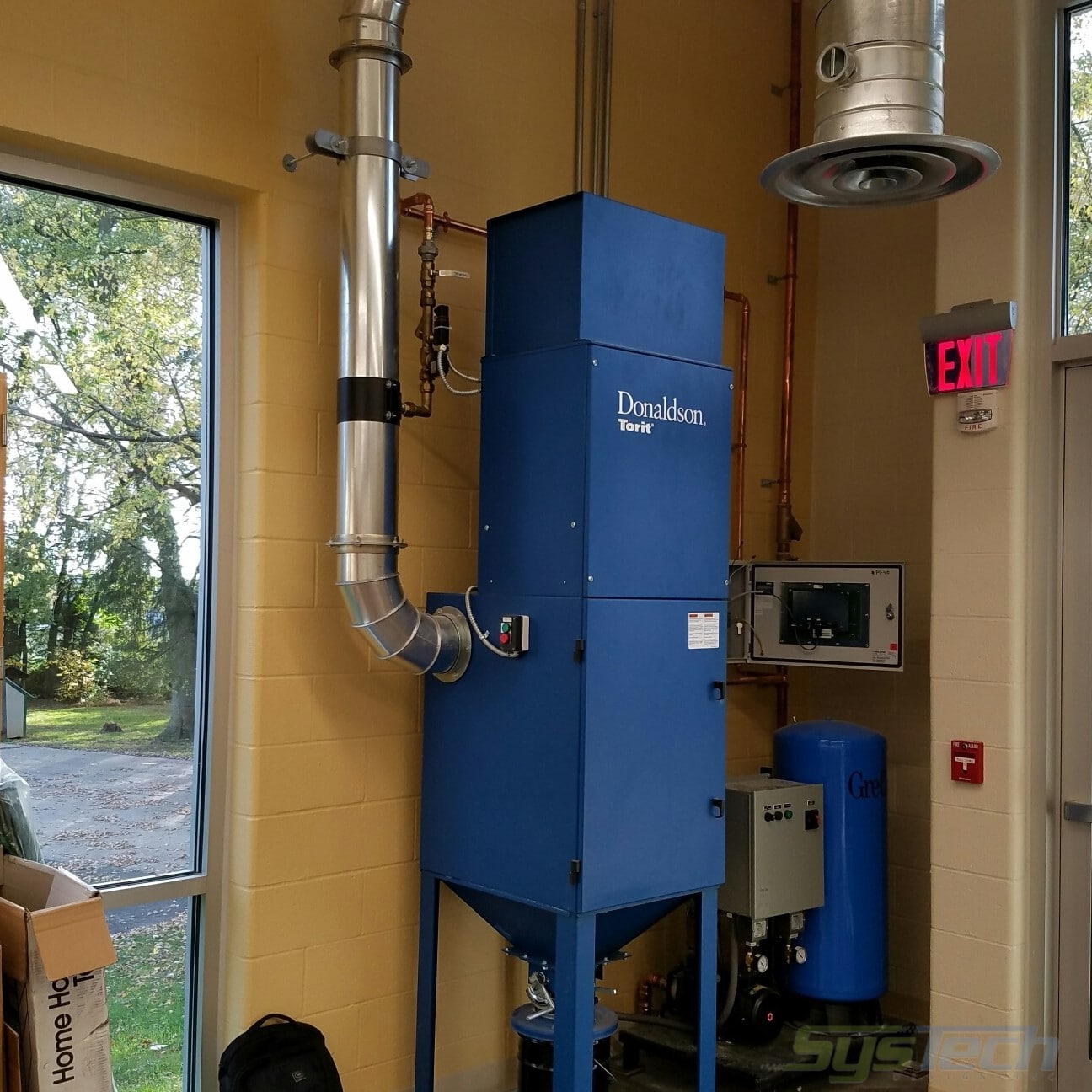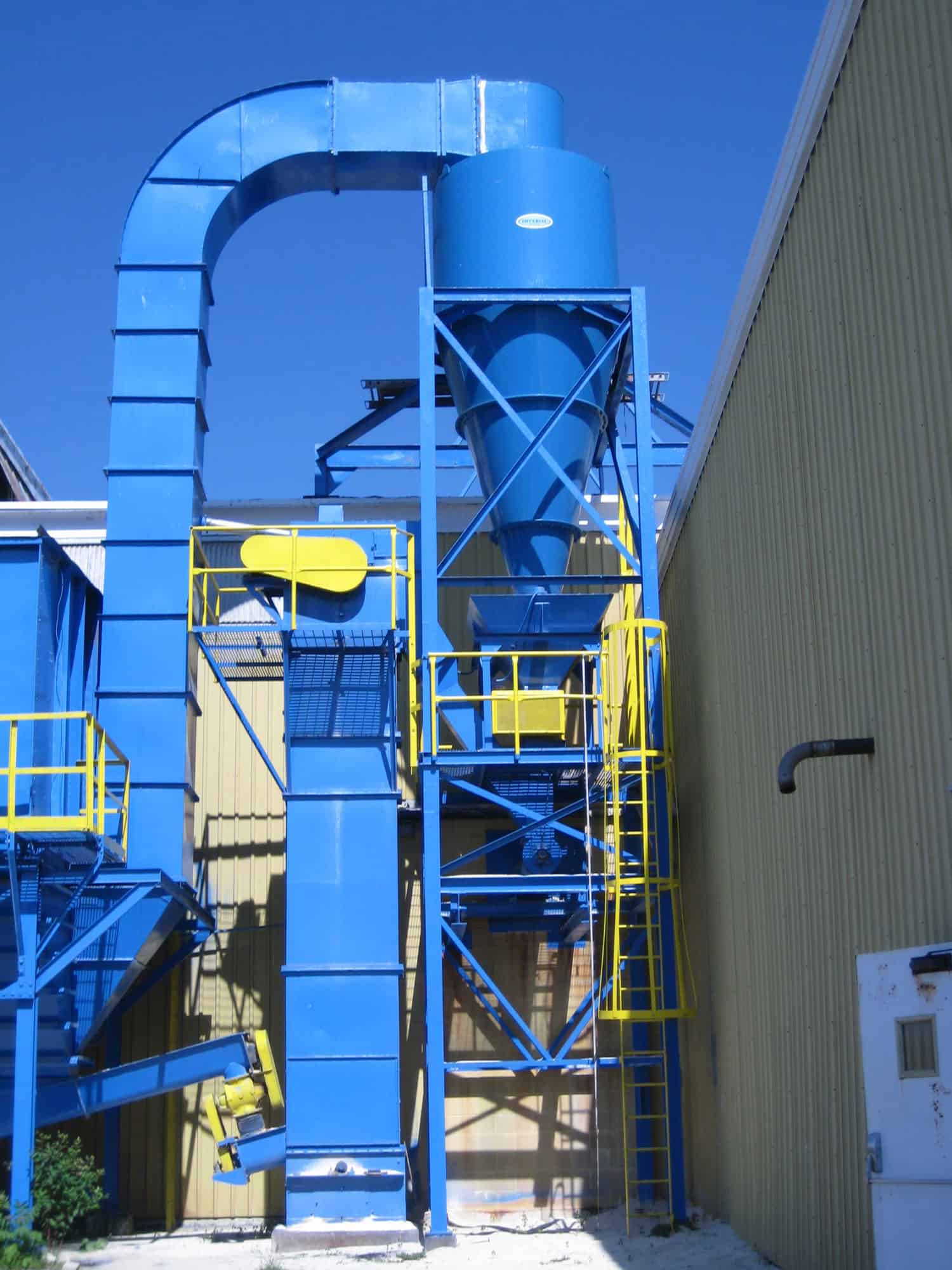

Step 9: Learn How to Assemble, Fasten & Glue-up Woodworking Projects.Step 8: JOINERY: LEARN HOW TO LAYOUT & CUT JOINTS.Step 7: How to Make Wood Square, Flat, Straight & Smooth.Step 6: Learn How to Choose Stable, Strong & Beautiful Wood.Steps 6-10 | Beginner’s Guide to Hand Tool Woodworking.

Step 5: Learn How to Design Furniture for Woodworking Projects.Step 4: Learn How to Use Woodworking Hand Tools.Step 3: Learn how to Refurbish, Tune & Sharpen Hand Tools.Step 2: Setup your Woodworking Workshop & Tool Storage.Step 1: Understand & Buy the Right Woodworking Hand Tools.Steps 1-5 | Beginner’s Guide to Hand Tool Woodworking.Once done, you have completed your dust collection system grounding. A grounding screw is supplied by the JDS in the unit and ground to the metal frame. You must cross the bare copper wire from the unit and line over the grounding screw. Once you have wrapped the copper wire from start to end around the pipe, you will need to connect the wire with the dust collection system. Step 8 – Connect the Wire with the Dust Collection System Now use a jumper piece to go to the proper connection and then connect the terminal wire with an aluminum blast gate. Once measured, cut the wire exactly needed as measured length of the pipe. Step 7- Connect the Copper Wire to the Blast Gateįirst, you will need to measure the remaining pipe for the next connection. After completing the wrapping, you need to place pieces of tape on the wire. Look at where the straight pipe starts, wrap the wire tightly and then go to the next junction. Then take your copper wire to the next point, till the last connection. Step 5- Run the Copper Wire to the Next Point There is no need to screw the other side of the terminal connected wire because you will need to connect it to the other connection. Generally, a screwdriver is better for screwing because it is easy to hold with a hand. Next, dig tiny holes on the drop line, turn the pipe and screw the terminal connection using a screwdriver or a drill. By using a crimper tool, squeeze it and make sure it is tight enough. In the first connection, you should cut out copper wire at least 4 to 5 inches and twist this wire together. Then, after getting ring terminals and tools, you have to connect the terminal connected with the particular drop line. You will also need to have a screwdriver for screwing different points, and a drill machine will be required for digging the holes in the drop line. And a wire cutter is used to cut copper wire. A crimper is a g/b tool that is best to use in grounding your system. It would help if you had some electrical tools like a pair of the crimper and a wire cutter. You have to get a roll of bare copper wire for connecting the whole dust collecting system with the grounding.

An 18 gauge ring terminal connector is best for grounding because it is easy to use and get. These terminals should be the same sized as the wire. In grounding a dust collecting system, you must purchase ring terminal connectors. If the papers stand up to the pipe and attach with the pipe, it means the pipe can build up current. You can confirm it by taking some pieces of paper. Grounding the dust collection system against any static electrical build-up and possible discharge is necessary.

In grounding a dust collection system, you have to rub a PVC pipe by using a microfiber cloth to demonstrate. Step 1- Confirm the ChargeĪ PVC pipe can build up electricity rubbing the pipe is not a bad idea. Here is a step-by-step guide to ground a dust collection system. So after grounding, you can ensure safe dust collection system performance. The reason is that no matter which material you are using, it reacts to the charge. But it could be risky if not grounded properly. Dust collection systems clean the air and ensure a fresh air supply.


 0 kommentar(er)
0 kommentar(er)
